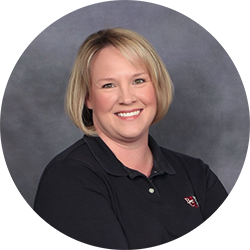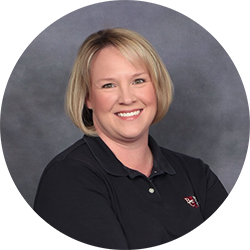2018 HMDA: Mixed-Use Properties
If you’re a lender for a HMDA reportable bank, you know there are some BIG changes on the horizon for you come January 1, 2018. One  area that has caught lenders a little off guard is the concept of “mixed-use” properties. For example, a building with retail space on the main floor and apartments on the upper floor(s). Today’s HMDA rules do address mixed-use properties but for 2018 the CFPB gave us a little more to go on.
area that has caught lenders a little off guard is the concept of “mixed-use” properties. For example, a building with retail space on the main floor and apartments on the upper floor(s). Today’s HMDA rules do address mixed-use properties but for 2018 the CFPB gave us a little more to go on.
In 2018, it is extremely important that lenders classify mixed-use properties (both single building and multiple buildings). Once you do, that property will retain that classification (a dwelling or a non-dwelling) for any subsequent loans made to that borrower. For example, if you classified the retail/apartment building we described above as a non-dwelling and years later the borrower wants to refinance the loan, it’s not subject to HMDA. Why? Because the building is not a dwelling according to your initial classification. Therefore, it doesn’t meet the definition of refinance (a dwelling-secured loan replacing a dwelling-secured loan). Likewise, even if the borrower applies for a loan to improve only the residential portion of the mixed-use building, it’s not a home improvement loan. Once again, because the building is classified as “non-dwelling”. Believe it or not, we asked the CFPB these very questions and they agreed.
Want to know more? Join us on November 29, 2017, for our 2018 HMDA Lender Essentials webinar. We will spend one hour focusing on the 2018 HMDA rules from a lender’s point of view. Get plain English instruction on the requirements that will affect you the most!
Published
2017/11/22
Amy Kudlacek

Amy Kudlacek
Amy brings many years of banking and compliance experience to Banker’s Compliance Consulting. She has worked for both large and small financial institutions and spent time working in every area of a bank. She started out as a teller in college and eventually became a branch manager. Her love, however, was always compliance. Amy began her career with Banker’s Compliance Consulting in 2000. Her knowledge and experiences have allowed her to develop a well-rounded and practical approach to regulatory compliance. Amy is CRCM certified, has a Bachelors Degree in Business Administration and is a graduate of the ABA Compliance School. Amy & her husband have two children at home and stay busy following their activities. They spend a lot of time in the bleachers!
